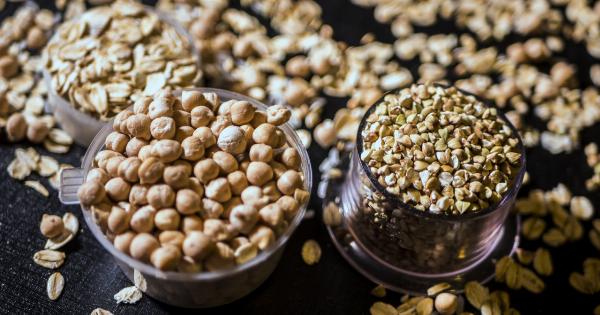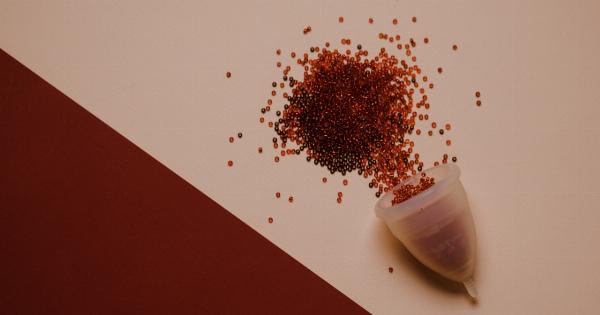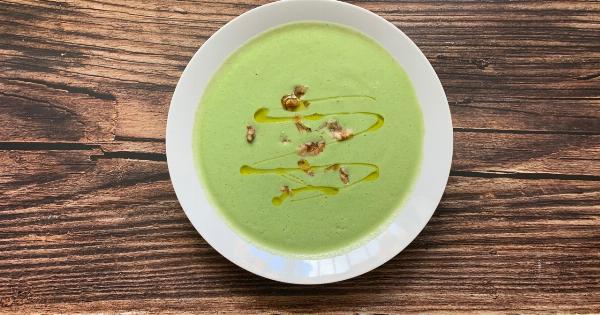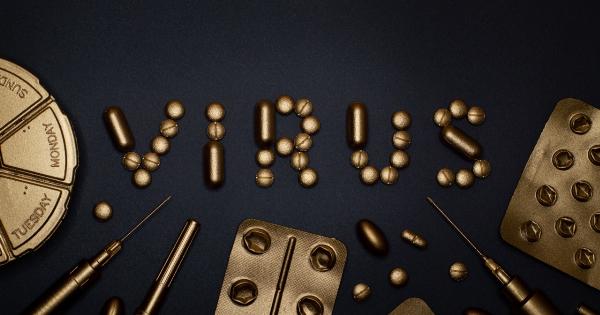Cancer is a devastating disease that affects millions of people worldwide.
While there are various treatment options available, including chemotherapy and radiation therapy, surgical intervention is often considered a crucial component in cancer prevention. Surgical procedures can not only remove cancerous tumors but also help prevent the spread of cancer cells to other parts of the body. In this article, we will explore the different surgical interventions used for cancer prevention.
1. Biopsy
A biopsy is a common surgical procedure performed to diagnose cancer. It involves the removal of a small sample of tissue or cells from the suspected area of cancer for examination under a microscope.
The results of the biopsy help determine the presence and type of cancer, enabling a tailored treatment plan for cancer prevention.
2. Lumpectomy
Lumpectomy, also known as breast-conserving surgery, is a surgical intervention performed to remove cancerous tumors in the breasts. This procedure aims to conserve the breast by removing only the tumor and a small margin of surrounding healthy tissue.
Lumpectomy is often followed by radiation therapy to further reduce the risk of cancer recurrence.
3. Mastectomy
Mastectomy is a surgical procedure that involves the complete removal of one or both breasts.
This procedure is commonly performed when a breast tumor is too large, there are multiple tumors, or as a preventive measure in individuals with a high risk of developing breast cancer. Reconstruction surgery can be done after mastectomy to restore the appearance of the breasts.
4. Prophylactic Oophorectomy
Prophylactic oophorectomy is the surgical removal of the ovaries as a preventive measure against ovarian cancer.
This procedure is often recommended for women with a high risk of ovarian cancer, such as those with certain genetic mutations (BRCA1 and BRCA2). Oophorectomy may also reduce the risk of breast cancer in these individuals.
5. Prostatectomy
Prostatectomy is the surgical removal of the prostate gland, commonly performed to treat prostate cancer. However, in some cases, prostatectomy is also used as a preventive measure in individuals with a high risk of developing prostate cancer.
The removal of the prostate gland significantly reduces the chance of cancer development in the future.
6. Colostomy
Colostomy is a surgical procedure that creates an opening (stoma) in the abdomen to redirect waste from the colon to a bag attached to the outside of the body.
It is often performed in cases of colorectal cancer or as a preventive measure for individuals at high risk of developing colon cancer. Colostomy can help avoid the spread of cancer and improve the chances of survival.
7. Hysterectomy
Hysterectomy is the surgical removal of the uterus and, in some cases, the cervix. It is performed either as a treatment for uterine cancer or as a preventive measure in women at high risk of developing uterine cancer.
Hysterectomy can eliminate the risk of uterine cancer and may also reduce the risk of ovarian cancer.
8. Mohs Surgery
Mohs surgery is a specialized surgical technique primarily used to treat skin cancer, especially melanoma and other high-risk skin cancers.
This procedure involves the systematic removal and examination of thin layers of skin tissue until cancer-free margins are achieved. Mohs surgery offers a high cure rate and minimizes the removal of healthy tissue.
9. Thyroidectomy
Thyroidectomy is the surgical removal of the thyroid gland. It is primarily performed to treat thyroid cancer or as a preventive measure for individuals at high risk of developing thyroid cancer.
Thyroidectomy eliminates the risk of thyroid cancer and may be followed by hormone replacement therapy to regulate thyroid function.
10. Pancreatectomy
Pancreatectomy is the surgical removal of all or part of the pancreas. This procedure is often performed to treat pancreatic cancer or as a preventive measure for individuals with a high risk of developing pancreatic cancer.
Pancreatectomy may involve the removal of the entire pancreas, part of the pancreas, or removal of a tumor along with surrounding tissues.






























